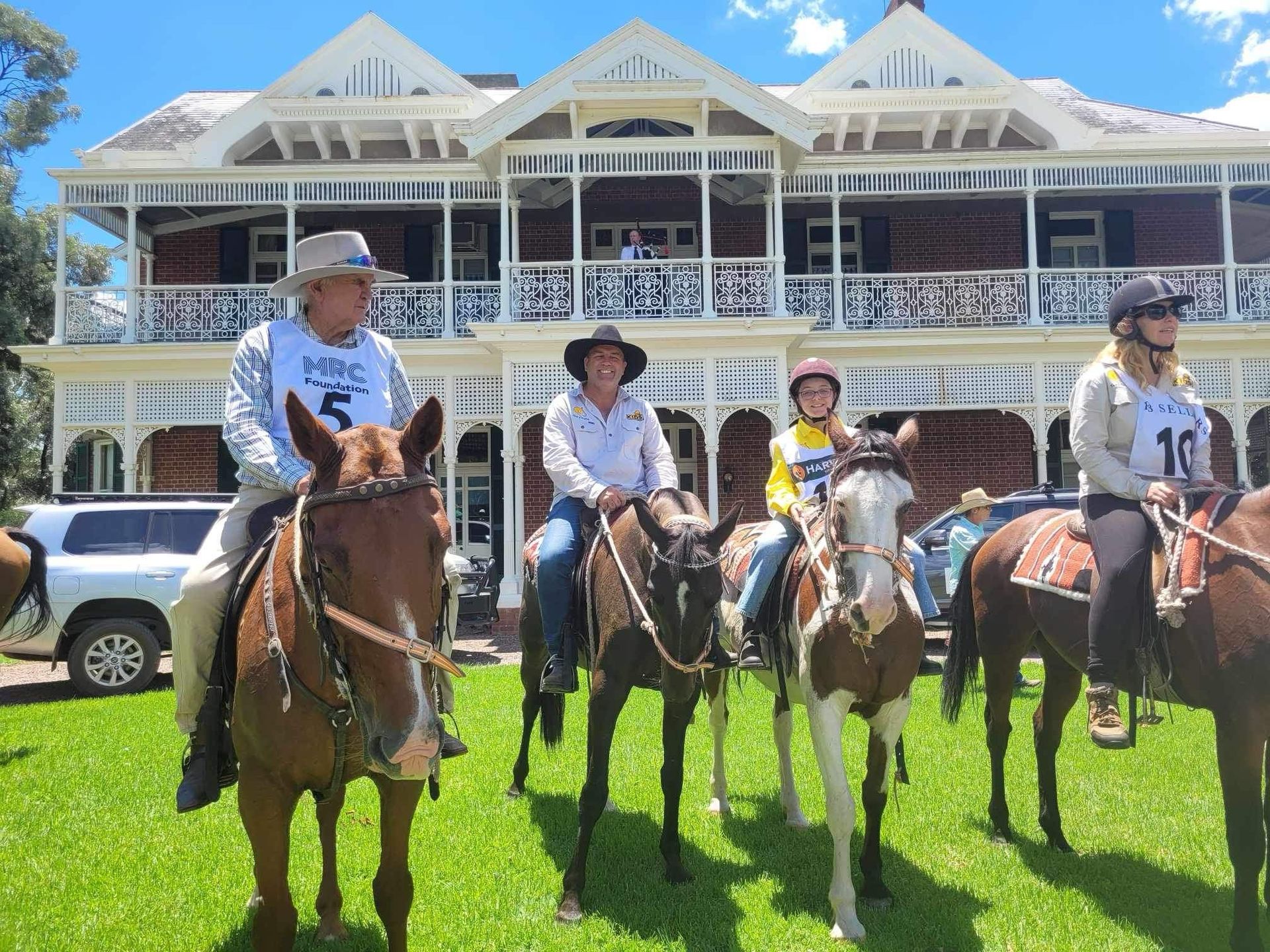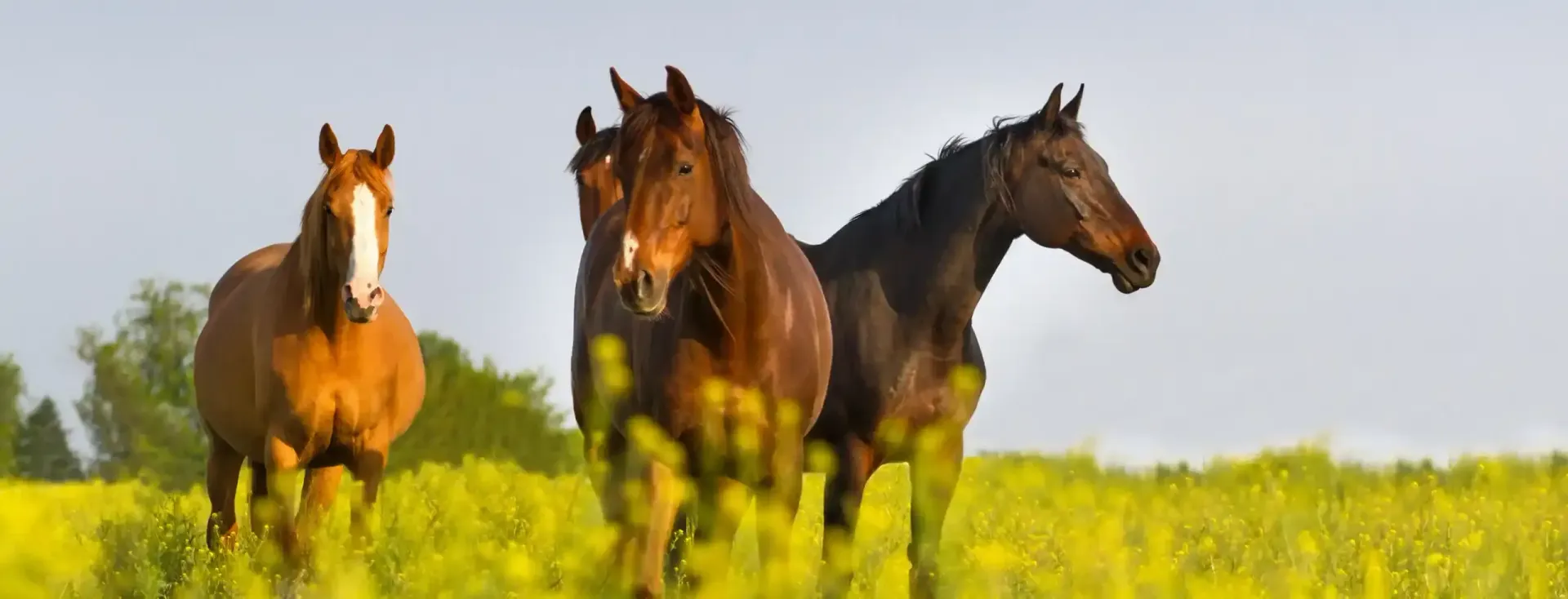Heading in to Summer 2022
The current season we are experiencing is bringing many challenges for producers of all kinds across the east coast.
Here in Victoria, like many other parts of the country, we have experienced extreme rainfall, creating serious obstacles for harvest of both fodder and grain. Some things to be aware of moving into the summer months are:
Many parts of the state still have green feed and will continue to do so for some time. However, this feed will become reproductive and mature if not already, ultimately reducing in quality. This may be suitable for maintenance diets, however, if we are finishing animals and aiming for growth targets supplementary feeding of both an energy and protein source will likely be required to achieve our targets.
Due to the level of rain we have experienced feed may be standing in water, fodder may have been harvested with high moisture or has been compromised by water post-harvest. Moisture in fodder greatly increases the risk of mycotoxins in feed, which can have negative effects on all classes of livestock, along with horses. It is not advised to feed fodder that has clear signs of rot and mould presence. It may also be advisable to test fodder and include a mycotoxin binder in your supplementary feed program to help mitigate the risk of unseen mycotoxins, a service available through Harwood Grains.
Aside from nutritional challenges Flystrike may be of great concern to our sheep producers. Very wet, humid, and warm conditions could see your flock at greater risk of flystrike this season. It is prudent to be vigilant with checking your sheep and putting in preventative strategies where possible
If you have any concerns or questions regarding your animals' nutritional requirements, you’re welcome to touch base with the Harwood Grains team.
This information is published by Harwood Grains Pty Ltd T/A Harwood Grains and Stockfeeds for general purposes only. Information contained in the publication is a general guide only and not tailored for any specific purpose. Various factors, including but not limited to differing individual circumstances, may affect results and therefore Harwood Grains and Stockfeeds does not warrant or guarantee any results from products used as outlined in the publication. To the extent permitted by law, Harwood Grains and Stockfeeds will not be liable for any claim, liability, expense or loss arising from use or misuse of products supplied, or from any reliance upon information provided in the published information. If there is any uncertainty regarding feeding regimes or the inclusion of supplements, please contact Harwood Grains and Stockfeeds on 03 5339 8176.
Share This Article
Other articles you may like



